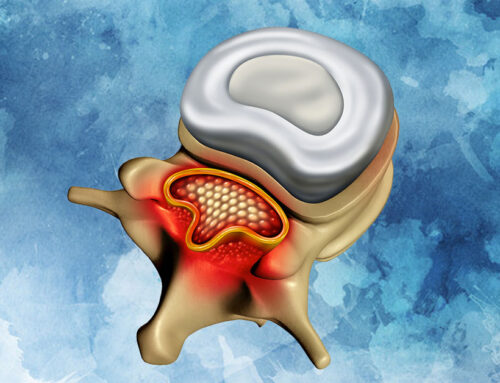
How Successful is Artificial Disc Replacement?
Artificial disc replacement (ADR) has emerged as a revolutionary treatment for chronic back pain caused by degenerative disc disease (DDD). This procedure involves replacing a damaged intervertebral disc in the spine with an artificial one, aiming to maintain normal motion and reduce pain. But how successful is this cutting-edge procedure? Let's delve into the success rates, benefits, and potential risks associated with artificial disc replacement.
Understanding Artificial Disc Replacement
Artificial disc replacement is designed to mimic the function of a healthy spinal disc. It is usually recommended for patients who have not found relief from conservative treatments like physical therapy, medications, or injections. Unlike spinal fusion, which limits motion in the treated segment, ADR preserves the natural movement of the spine, potentially reducing the risk of adjacent segment degeneration.
Success Rates of Artificial Disc Replacement
Several studies and clinical trials have evaluated the success of artificial disc replacement. Here are some key findings:
- Pain Relief and Improved Function: Many patients report significant pain relief and improved function post-surgery. A study published in The Spine Journal found that over 70% of patients experienced a substantial reduction in pain and improvement in daily activities one year after surgery.
- Long-Term Outcomes: Long-term studies indicate that the benefits of ADR can be sustained. Research published in the Journal of Neurosurgery: Spine showed that patients who underwent ADR maintained their improved pain levels and function for up to 10 years post-surgery.
- Comparative Success: When compared to spinal fusion, ADR often shows comparable or superior outcomes. A meta-analysis in European Spine Journal concluded that ADR patients had better long-term functional outcomes and lower reoperation rates than those who underwent spinal fusion.
Benefits of Artificial Disc Replacement
- Preservation of Motion: ADR maintains the natural movement of the spine, which is a significant advantage over spinal fusion.
- Reduced Risk of Adjacent Segment Disease: By preserving motion, ADR reduces the stress on adjacent spinal segments, potentially lowering the risk of degeneration in those areas.
- Faster Recovery: Patients often experience a quicker return to normal activities compared to those who undergo fusion surgery.
Potential Risks and Complications
While ADR is generally successful, it is not without risks. Potential complications include:
- Implant Failure: Although rare, there is a possibility of the artificial disc failing or moving out of place.
- Infection: As with any surgical procedure, there is a risk of infection.
- Nerve Damage: There is a small risk of nerve damage, which can lead to numbness, weakness, or pain.
- Allergic Reactions: Some patients may have allergic reactions to the materials used in the artificial disc.
Patient Selection: A Crucial Factor
The success of artificial disc replacement largely depends on appropriate patient selection. Ideal candidates are typically younger, non-obese individuals with single-level disc degeneration who have not responded to conservative treatments. Patients with multiple degenerative levels, osteoporosis, or significant spinal instability may not be suitable for ADR.
Artificial disc replacement is a highly successful procedure for many patients suffering from degenerative disc disease. It offers significant pain relief, improved function, and the preservation of spinal motion. However, like any medical treatment, it is essential to weigh the benefits against the potential risks and to consider individual patient factors. If you are considering ADR, consult with a spine specialist to determine if this procedure is right for you.
Artificial disc replacement continues to evolve with advancements in technology and surgical techniques, promising even better outcomes in the future. For those struggling with chronic back pain, ADR offers a beacon of hope, providing a pathway to a pain-free and active life.







